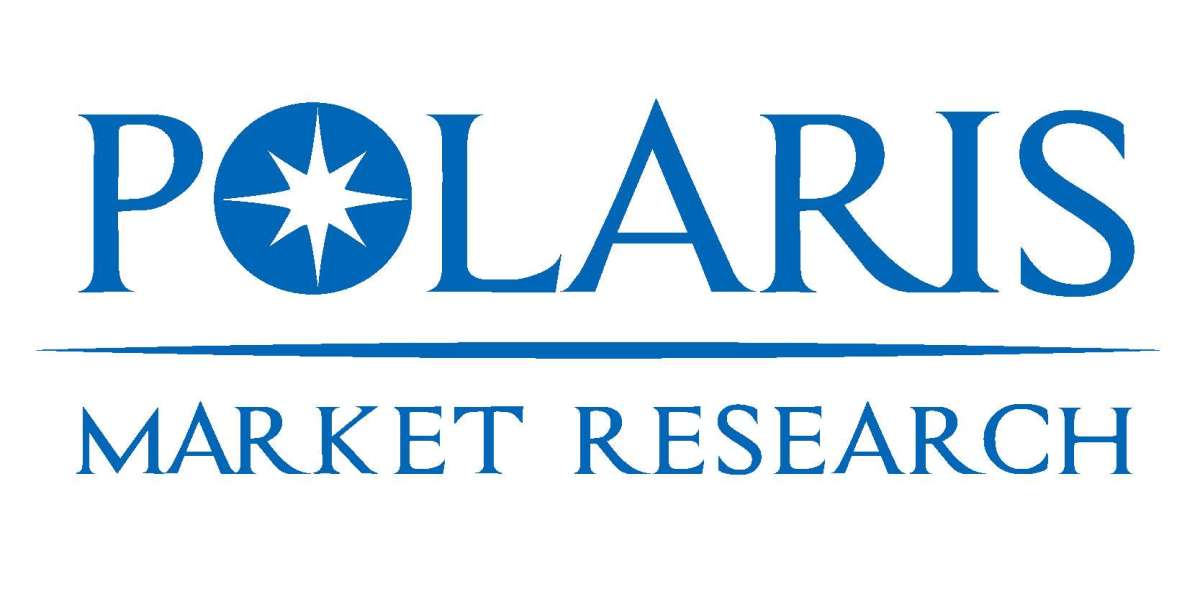India Diagnostic Services Market
The India diagnostic services market is experiencing rapid expansion, driven by increasing healthcare expenditure, growing prevalence of chronic diseases, and advancements in testing technologies.The India diagnostic services market was valued at USD 14.57 billion in 2022 and is expected to grow at a CAGR of 11.6% during the forecast period. As diagnostic centers upgrade their offerings and expand reach into tier-II and tier-III cities, patients across the country are gaining greater access to high-quality clinical laboratory testing, imaging diagnostics, molecular diagnostics, and point-of-care testing services.
Market Overview and Summary
Diagnostic services encompass a wide range of procedures, from routine blood tests to advanced imaging and genetic screening. In India, both organized diagnostic chains and standalone laboratories contribute to a diverse ecosystem:
Clinical Laboratory Testing: Includes biochemistry, hematology, microbiology, and immunology assays.
Imaging Diagnostics: Comprises X-ray, ultrasound, CT, MRI, and nuclear imaging modalities.
Molecular Diagnostics: Encompasses PCR-based assays, next-generation sequencing, and biomarker analysis.
Point-of-Care Testing: Features rapid tests performed at clinics, pharmacies, or patient bedsides.
The market’s robust growth is underpinned by increased government initiatives aimed at preventive healthcare, growing insurance penetration, and rising consumer awareness of early disease detection. In addition, diagnostic service providers are investing heavily in automation, digital reporting, and telemedicine integration to improve turnaround times and patient convenience.
Key Market Growth Drivers
Rising Prevalence of Chronic Diseases
India faces a dual burden of communicable and non-communicable diseases. The incidence of diabetes, cardiovascular disorders, and cancer has surged, necessitating frequent diagnostic monitoring. Early screening and routine testing have become integral to disease management protocols, boosting demand for comprehensive laboratory services.Government Healthcare Initiatives
Public health programs such as Ayushman Bharat and state-level health missions are expanding access to diagnostics through subsidized tests and mobile diagnostic vans. These initiatives aim to reduce out-of-pocket expenditure and facilitate early disease detection in underserved areas.Technological Advancements
Adoption of automation in laboratories, implementation of laboratory information management systems (LIMS), and integration of artificial intelligence (AI) for image interpretation have significantly enhanced operational efficiency. Providers offering molecular diagnostics and advanced imaging capabilities are attracting higher patient volumes and premium pricing.Increasing Health Insurance Coverage
Growing participation in government and private insurance schemes has shifted diagnostic expenses from direct out-of-pocket payment to insured reimbursement. This trend encourages patients to opt for higher-end tests such as genetic profiling and advanced imaging without bearing the full cost.
Market Challenges
Fragmented Industry Landscape
The diagnostic sector in India comprises numerous small and medium-sized laboratories alongside large chains. Variability in quality standards, accreditation, and pricing can create confusion among patients and limit economies of scale for smaller players.Skilled Manpower Shortage
There is a persistent shortage of trained technologists, radiologists, and pathologists, especially in rural regions. Recruiting and retaining qualified personnel remain major operational challenges for diagnostic centers expanding beyond metropolitan areas.High Capital Investments
Setting up state-of-the-art imaging centers and molecular diagnostics laboratories requires significant upfront capital. Independent operators may find it difficult to justify such investments without assured patient volumes or long-term partnerships.Regulatory and Quality Compliance
While accreditation bodies such as NABL (National Accreditation Board for Testing and Calibration Laboratories) drive standardization, many laboratories operate without formal certification. Ensuring adherence to stringent quality control protocols and regulatory norms is an ongoing struggle.
Browse Full Insights:https://www.polarismarketresearch.com/industry-analysis/indian-diagnostic-services-market
Regional Analysis
North India:
The northern region, led by Delhi, Punjab, and Haryana, accounts for over 30% of the national diagnostic market. High population density, robust healthcare infrastructure, and strong insurance penetration contribute to a mature demand for advanced testing services.
South India:
States like Tamil Nadu, Karnataka, and Kerala are significant markets due to superior healthcare indices and a strong network of tertiary care hospitals. Major diagnostic chains have established flagship centers in Chennai and Bengaluru, offering specialized molecular diagnostics and PET-CT services.
West India:
Maharashtra and Gujarat lead the western region, with Mumbai and Ahmedabad serving as hubs for both budget and premium diagnostic services. The coexistence of public hospitals and private chains fosters competitive pricing and rapid adoption of new technologies.
East India:
West Bengal and Odisha are emerging growth territories. Although the region currently lags in per-capita diagnostic spend, recent public health outreach and the entry of national chains into Kolkata and Bhubaneswar are accelerating market expansion.
Central India and Northeast:
Madhya Pradesh, Chhattisgarh, and the northeastern states represent untapped potential. Infrastructure development projects and mobile diagnostic units are beginning to bridge the accessibility gap, though challenges related to terrain and logistics persist.
Key Companies
The competitive landscape features both homegrown leaders and multinational players:
Dr. Lal PathLabs
A pioneer in India’s diagnostic industry, offering integrated laboratory and wellness test portfolios through an extensive network of labs and patient service centers. The company is known for its strong brand recognition and focus on automation.Metropolis Healthcare
Operating in over 20 countries, Metropolis provides wide-ranging clinical laboratory services, including specialized endocrine, cardiac, and oncology panels. Its emphasis on digital reporting and home collection services has enhanced patient convenience.SRL Diagnostics
A major player with a pan-India presence, SRL is recognized for its advanced imaging solutions and preventive health packages. The company has invested significantly in strategic acquisitions to broaden its service footprint.Thyrocare Technologies
Specializes in high-throughput clinical laboratory testing with a centralized processing model. Thyrocare’s scalable network and competitive pricing have made it a preferred partner for large-scale health check-up drives.Christian Medical College (CMC) Vellore and Tata Memorial Centre
While primarily tertiary care hospitals, these institutions are renowned for their research-backed molecular diagnostics and specialized imaging services, often collaborating with private entities to develop cutting-edge tests.Siemens Healthineers and GE Healthcare
As OEMs, these multinational corporations supply imaging equipment and laboratory analyzers to diagnostic chains across India. Their service and maintenance networks play a critical role in equipment uptime and reliability.
LSI Keywords Integrated
Clinical laboratory testing
Imaging diagnostics
Molecular diagnostics
Point-of-care testing
Conclusion
The India diagnostic services market stands at a pivotal point, shaped by rising disease burden, expanding healthcare access, and rapid technological adoption. While the journey toward universal diagnostic availability faces hurdles such as fragmentation and skill shortages, concerted efforts by government bodies, private chains, and technology providers promise to transform the sector. As diagnostic centers continue to modernize and extend their reach, early detection and personalized care will become more accessible, ultimately improving health outcomes for millions of Indians. With sustained investment and regulatory focus on quality standards, the market is well positioned to deliver both commercial success and societal benefits in the years ahead.
Medical Device Outsourcing Market
Irritable Bowel Syndrome (IBS) Treatment Market
Nephrology and Urology Devices Market
Prostate Cancer Treatment Market
Sickle Cell Disease Treatment Market
Biological Safety Cabinets Market
Sterile Injectable Contract Manufacturing Market
DNA and Gene Cloning Services Market
Plastic Extrusion Machine Market
Private Nursing Services Market


